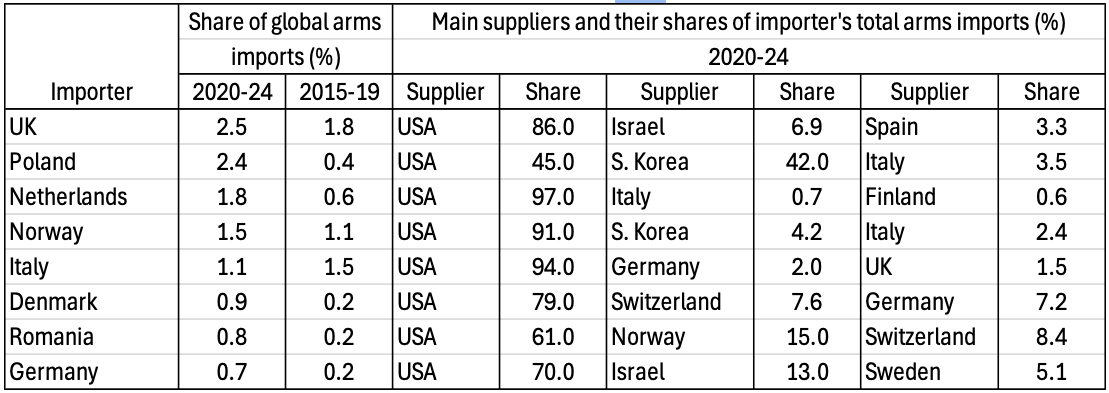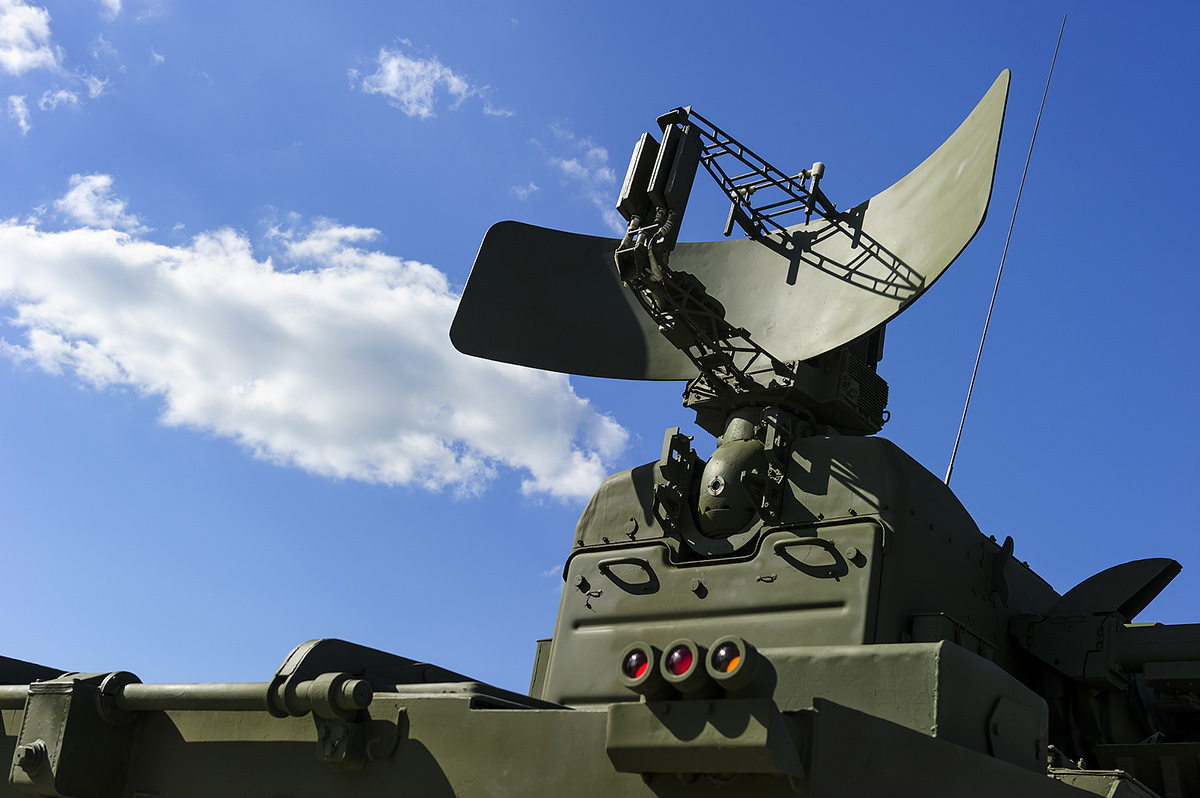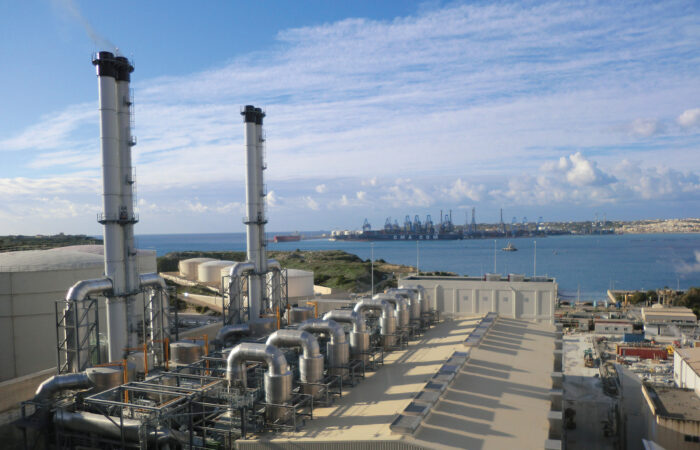George M. Georgiou*
“By spending more on defence, we will deliver the stability that underpins economic growth, and will unlock prosperity through new jobs, skills and opportunity across the country”, Keir Starmer, press release, 25 February 2025
Introduction
Europe’s commitment to rearm as a response to the perceived threat from Russia, has been partly justified on the grounds that an increase in military spending will stimulate economic growth. In other words, military expenditure is seen by policymakers as a form of Keynesian pump priming. This is a neat argument used by European policymakers desperate to persuade their electorates to accept large increases in defence spending at the expense of the welfare state. However, there is very little evidence that Keynesian militarism will actually provide the intended result. Indeed, the economic reality of military production and procurement undermines the implicit assumption that the defence spending multiplier is sufficiently large to generate a Keynesian type of stimulus.
Military production and procurement
A significant proportion of military equipment in some European countries is sourced from overseas rather than domestically produced. Weapons systems are imported from America, Israel, South Korea, and elsewhere. The table below has been adapted from a table in the 2024 edition of Trends in International Arms Transfers published by the Stockholm International Peace Research Institute in March 2025. The most striking observation is the dominance of arms supplies from America. The share of imports from America varies from 45% (Poland) to 97% (Netherlands). As SIPRI states:
“Arms imports by the European NATO members more than doubled between 2015–19 and 2020–24 (+105 per cent). The USA supplied 64 per cent of these arms, a substantially larger share than in 2015–19 (52 per cent)”.
Due to capacity constraints in the European arms industry and the dominance of American technical know-how, it is unlikely in the short to medium term that Europe will be able to replace American weaponry with domestically produced armaments. Hence, an increase in European military outlays will benefit the US economy significantly more than Europe.
Even in those countries, like France for example, where weapons systems are sourced primarily from domestic producers, many of the components are often imported. Thus, the impact of military spending on the domestic economy is limited.
Another factor that needs to be considered is the production process. The increasing sophistication of weapons systems involves capital intensive production methods rather than the labour-intensive methods that were common prior to the 1980s. The ever-increasing sophistication of fighter jets, tanks and war ships often results in long lead times and cost overruns. The post-WWII history of weapons systems is also replete with examples of armaments that are unreliable or unsuitable. This is particularly the case with tanks, fighter jets and ships, but similar problems have occurred with relatively simple products. For example, the UK government is currently having to replace 120.000 body armour plates due to cracks.
Selected European NATO importers of major arms and their main suppliers, 2020-24

Source: Table has been adapted from Table 2 in SIPRI’s Trends in International Arms Transfers, 2024
Technological spin-off
Advocates of Keynesian militarism argue that one of the ways in which military expenditure stimulates economic growth, is through technical innovation in the military sector which eventually spins-off into the civilian sector. The empirical evidence for technological spin-off is inconclusive. Some academic studies have found that during the cold war, when there was an arms race and military outlays were higher than the post-cold war period, there was some evidence of a technological spin-off. Other studies have found little or no evidence of spin-off. Indeed, the spin-off tends to be in the opposite direction, from the civilian to the military sector, sometimes referred to as ‘spin-in’. A 2005 research paper by Paul Dunne and Duncan Watson using panel data, concludes as follows:
“…there have been some minor benefits from the military sector in terms of higher technical progress, but that this effect was marginal. Estimating the model over the Cold War period, gave somewhat stronger effects as might be expected. This provides support for the idea that, with the development of modern weaponry, the impact of the military sector has declined, with ‘spin-in’ of civil technologies rather than ‘spin-off’ taking place and so military R&D being increasingly concerned with finding military purposes for civilian know-how”. (“Manufacturing Growth, Technological Progress, and Military Expenditure”, preliminary draft, November)
One of the problems of measuring the impact of spin-off is the long-time lag between the onset of military R&D and actual applications in the civilian sector. These time lags can stretch over several years thus overlapping both the economic dynamics of the civilian economy and the interplay between spin-off and spin-in. It thus becomes difficult to disentangle cause and effect.
Conclusion
The economic narrative used by politicians in European NATO countries to justify increases in military spending, needs to be viewed with a dose of skepticism. Ultimately, any decision to increase military expenditure needs to be based on military and strategic considerations rather than perceived economic benefits which may or, more likely, may not materialize. Nor should the supposed economic benefits be used to deflect from the discredited austerity agenda that seems to be now firmly back on the table. Keynesian militarism is a poor substitute for Keynesianism.
*George M. Georgiou is an economist who for many years worked at the Central Bank of Cyprus in various senior roles.




